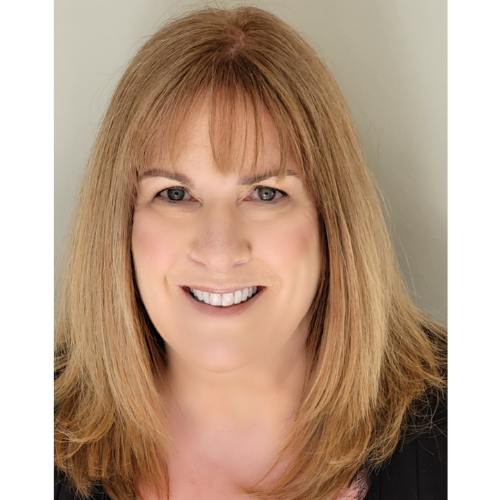
The Curse of the Agenda
I appreciate a good process as much as the next person.
So many advisors have, rightly, focused on creating a process to ensure they are meeting with their clients with the right cadence. Whether you meet with clients quarterly, semi-annually or annually, having a process to set, hold and follow up on client review meetings is critical.
Perhaps more importantly, many advisors have defined an agenda for those meetings to ensure that everything is covered. And sometimes it feels like there is barely enough time to do that.
Can Agendas Be Bad?
It’s hard to argue that a clear agenda is a bad thing. But what if what you want to discuss isn’t what your client needs to discuss?
We all know that life and feelings have a nasty way of influencing what we need at any given moment. And those feelings may not fall nicely into one of the categories on your agenda.
The big question is this. If your client is feeling uncertain, vulnerable, unclear or worried about something (that may or may not relate directly to their portfolio or plan) what happens to your agenda?
I appreciate that most advisors will leave some space in the agenda to include what a client wants to discuss. But sometimes, it’s not enough to simply add those thoughts to the agenda as the first item. You may end up with something that looks – or feels - like this.

If your client is struggling with something and you stick to your agenda, you may appear tone deaf or miss a significant opportunity to engage on a deeper level. At the same time, if you dismiss your agenda entirely, you may not cover important financial details that could impact your client’s future.
“Right Now is All that Matters”
Your process and agenda are helpful tools but I want to share a quote from one of our wonderful clients.
“Right now is all that matters.”
He was describing how he is using part of our Client Insights Platform – to drive deeper conversations. And he hit the nail on the head.
How a client feels today may be different from how he or she felt last week - or may feel next week. It’s almost certainly different from how he or she felt the last time you met.
And while you need to recognize the line between advisor and therapist (and there is a clear line), by going deeper you will drive profoundly deeper engagement.
Taking Action
- Don’t simply pay lip service to co-creating the agenda. Ask specific questions that are designed to understand how clients are feeling and probe to learn more.
- If there are real issues or concerns, be willing to change the agenda. At the same time, make it clear that you are doing that. “You know, James, I think we should take some time to explore this further. Is that ok with you? We have a couple of critical items we’ll want to cover off but there are a few things that I think we can follow up on after our meeting.”
- Connect the dots. These conversations may take you in new directions and that’s ok. Just be sure to close the loop at the end by connecting the dots between the conversation and the plan.
I’m still a fan of process, but we need to include some wiggle room because we are, after all, human.
Thanks for stopping by,
Julie





